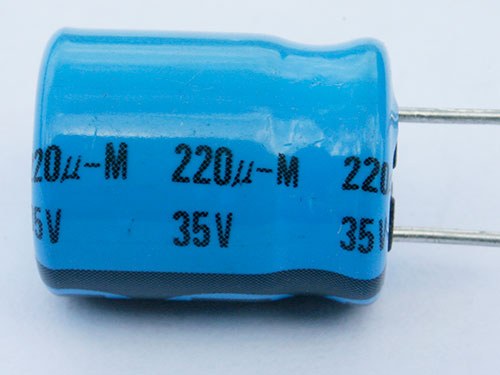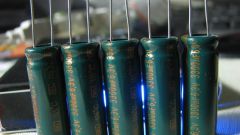You will need
- - knowledge of capacity or geometric and physical parameters of the capacitor;
- - knowledge of energy or the charge on the capacitor.
Instruction
1
Find the voltage between the plates of the capacitor, if the current accumulated value of energy and capacity. The energy stored in the capacitor can be calculated by the formula W=(C∙U2)/2, where C is the capacitance and U the voltage between the plates. Thus, the voltage value can be obtained as the square root of twice the energy values divided by the capacity. That is, it is equal to: U=√(2∙W/C).
2
The energy stored in the capacitor can also be calculated based on the value contained in this charge (quantity of electricity) and voltage between the plates. The formula defining the correspondence between these parameters is: W=q∙U/2 (where q is the charge). Therefore, knowing the energy and the charge of the capacitor, we can calculate the voltage between its plates by the formula: U=2∙W/q.
3
Since the charge on the capacitor is proportional to both applied to its plate voltage, and capacity (it is determined by the formula q=C∙U), then, knowing the charge and capacitance you can find. Accordingly, for the calculation use the formula: U=q/C.
4
To get the value of the voltage on the capacitor with known geometrical and physical parameters, first calculate the capacity. For a simple flat capacitor consisting of two conducting plates separated by a dielectric, the distance between which is negligible compared to their size, the capacity can be calculated by the formula: C=(ε∙ε0∙S)/d. Here d is the distance between the plates and S is their surface area. The value of ε0 - electric constant (a constant equal 8,8542•10^-12 f/m), ε is the relative permittivity of the space between the plates (it can be read from the physical books). Calculate capacity, calculate the voltage using one of the methods given in steps 1-3.
Note
To get correct results when calculating the voltage between the plates of the capacitors prior to performing any calculations bring the values of all parameters in the SI system.

